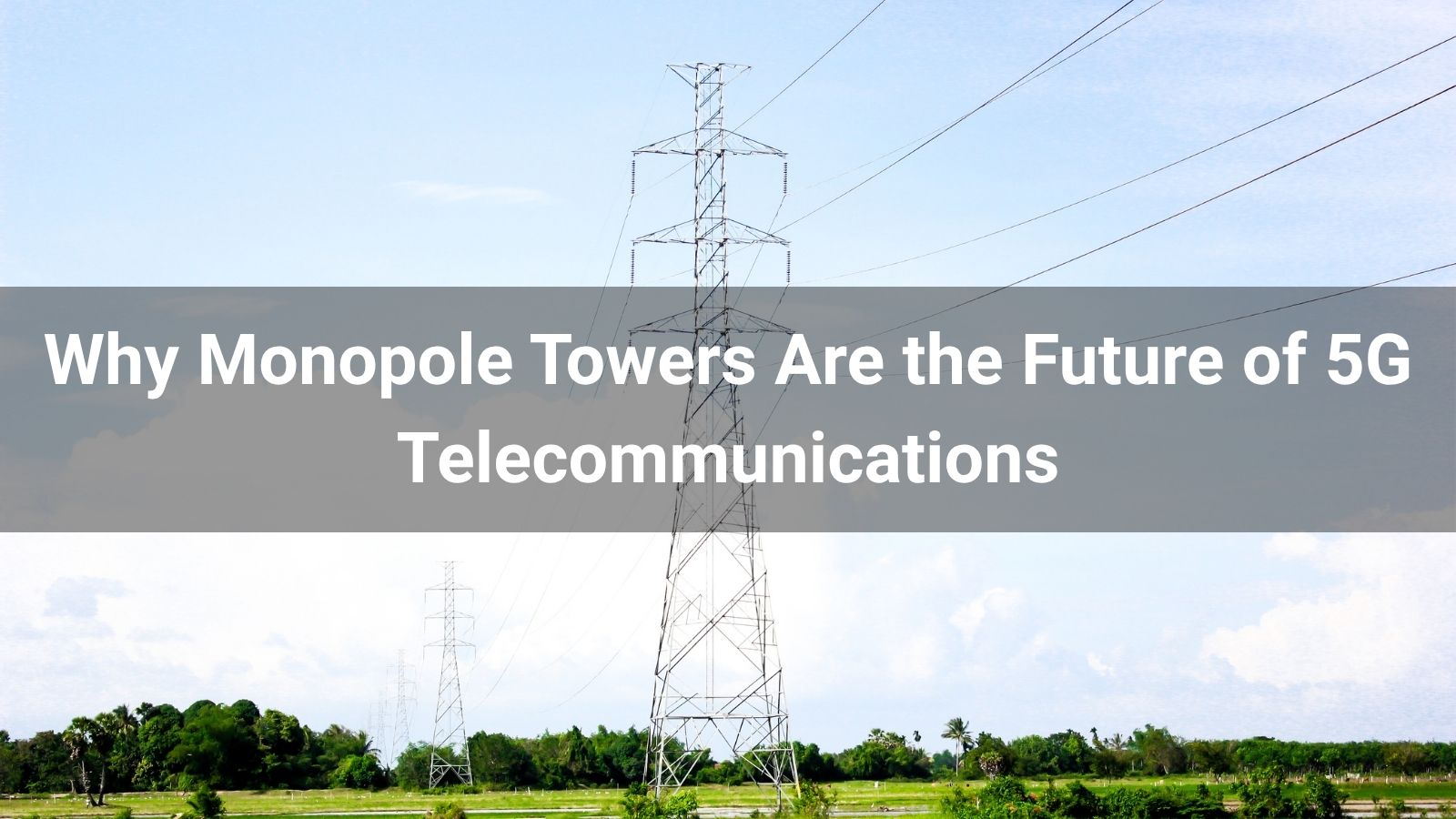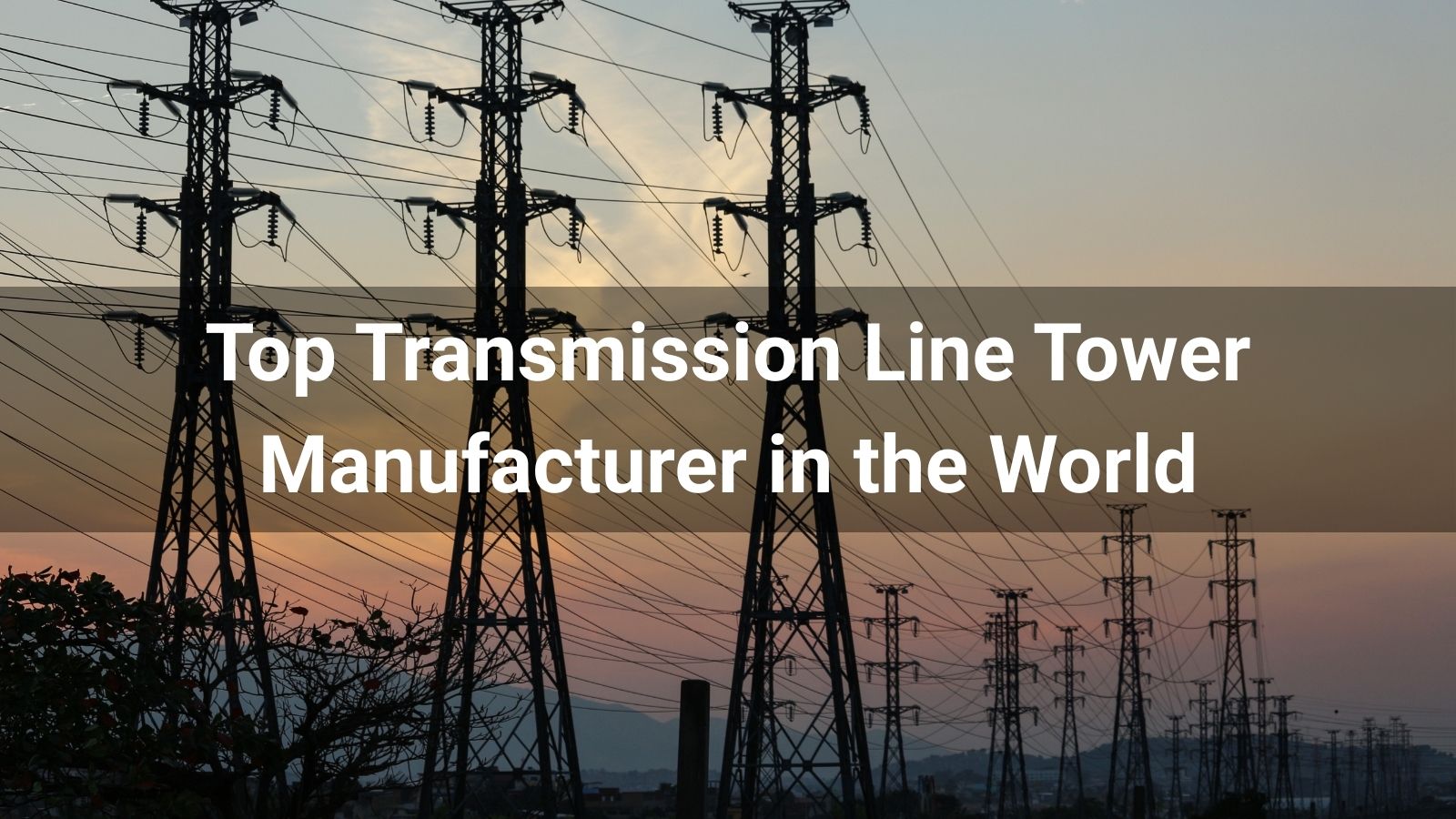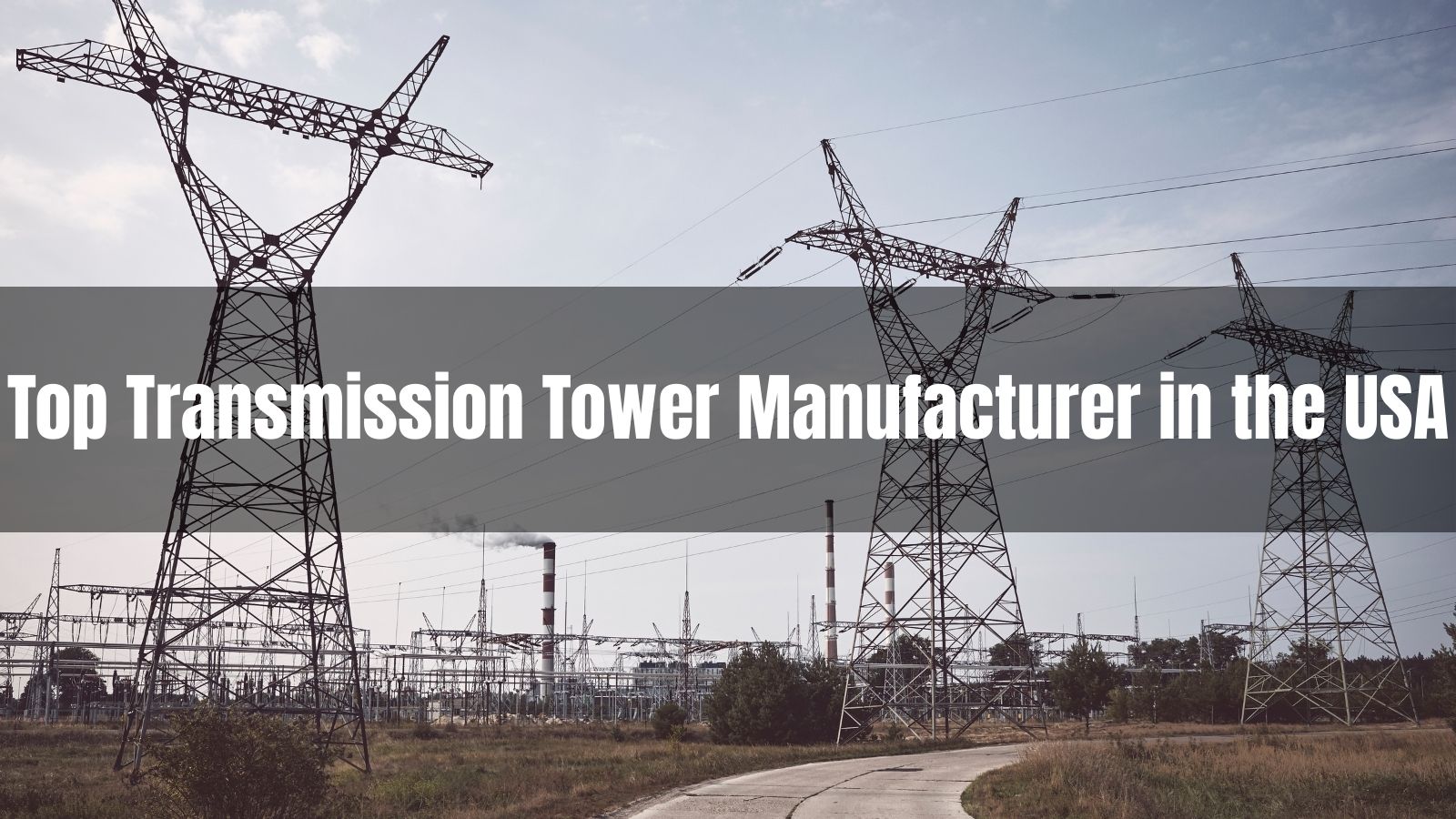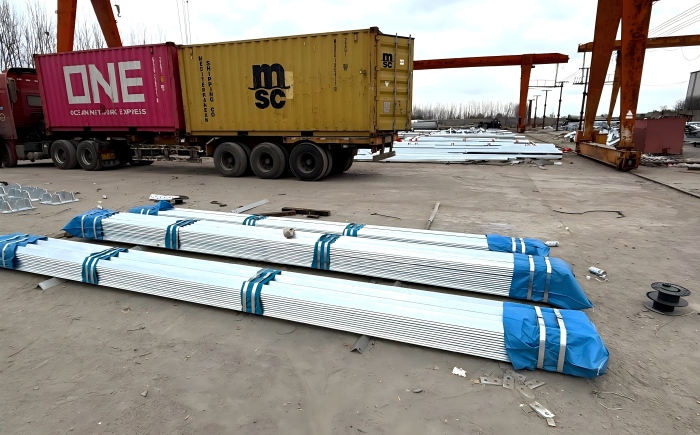In 2025, 5G networks are reshaping global connectivity, delivering ultra-low latency, high-speed data, and massive device capacity to power everything from smart cities to autonomous vehicles. As telecom operators race to meet these demands, one solution stands out: monopole towers. With their compact design, cost efficiency, and rapid deployment, monopoles are revolutionizing 5G infrastructure. The telecom towers market is projected to reach USD 29.29 billion in 2025, growing at a 2.84% CAGR (Mordor Intelligence), and monopoles are at the forefront due to their sleek aesthetics and versatility. This article explores why monopole towers are the future of 5G telecommunications, offering space-saving solutions, durability, and innovative designs for urban, rural, and emergency applications.
The 5G revolution requires a new approach to telecom infrastructure. Unlike 4G, 5G networks rely on dense small cell deployments—often spaced every 200-300 meters—to support mmWave frequencies and massive MIMO (Multiple Input Multiple Output) technology, delivering low-latency and high-capacity connectivity. By 2025, 59% of South Korea’s connections and 46% of China’s population are expected to adopt 5G, driving demand for compact, efficient towers (Knowledge Sourcing).
Traditional lattice towers, while robust, are bulky and require large footprints (100m² or more), making them impractical for urban densification. Monopole towers, with their small footprint (1-2m²) and quick installation (days vs. months), address these challenges. Their sleek design complies with zoning regulations, making them ideal for cities, rooftops, and sidewalks, where space and aesthetics are critical. As 5G networks expand, monopoles are becoming the go-to solution for next-generation connectivity.
Monopole towers offer unmatched benefits for 5G infrastructure, combining efficiency, durability, and aesthetics. Here’s why they excel:
These advantages make monopoles a cost-effective, reliable choice for 5G deployments, addressing both technical and regulatory challenges.
Monopole towers are versatile, supporting a range of 5G applications that enhance connectivity and smart infrastructure:
From urban densification to rural connectivity, monopoles deliver flexible, scalable solutions for 5G ecosystems.
Monopole towers benefit from cutting-edge design and installation technologies, making them efficient and future-ready:
These innovations ensure monopoles are adaptable, durable, and aligned with 5G’s technical demands.
In 2025, monopole towers will lead the 5G ecosystem due to their alignment with emerging trends:
These trends position monopoles as the backbone of next-generation connectivity, bridging 5G and 6G.
XH Tower is your trusted partner for 5G-ready monopole solutions. Our custom-designed, hot-dip galvanized monopoles comply with ISO 9001:2015 and TIA-222-H standards, ensuring durability and performance. Whether you need small cell towers for urban 5G, stealth designs for smart cities, or rapid-deployment monopoles for disaster recovery, we deliver tailored solutions. Our innovative designs support multiple antennas, MIMO technology, and mmWave frequencies, maximizing network capacity.
Contact XH Tower today for a free quote and elevate your 5G network with reliable, aesthetic, and cost-effective monopoles. Let us power your connectivity future!
Monopole towers are the future of 5G telecommunications, offering compact designs, cost efficiency, durability, and versatility for urban, rural, and emergency applications. Their small footprint, rapid deployment, and 5G compatibility make them indispensable for 2025’s connectivity demands, supporting small cells, smart cities, and disaster recovery. As the telecom towers market grows to USD 29.29 billion and 6G looms, monopoles provide a scalable foundation for the future. Partner with XH Tower to deploy innovative monopole solutions and transform your 5G network today!










Discover the top 10 transmission tower manufacturers in the USA for 2026. Learn about angle steel, monopole, and lattice towers, evaluation criteria, and how to choose the right supplier for utility and EPC projects.


Discover how Angle Steel Towers provide reliable, high-load support for modern telecom projects. Learn design parameters, manufacturing processes, applications, and tips to select the right tower for your needs.





